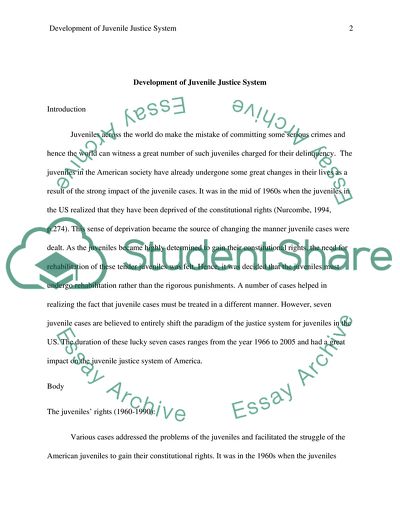Cite this document
(Evolution of the Rights of Juveniles Research Paper, n.d.)
Evolution of the Rights of Juveniles Research Paper. Retrieved from https://studentshare.org/history/1786993-evolution-of-the-rights-of-juveniles
Evolution of the Rights of Juveniles Research Paper. Retrieved from https://studentshare.org/history/1786993-evolution-of-the-rights-of-juveniles
(Evolution of the Rights of Juveniles Research Paper)
Evolution of the Rights of Juveniles Research Paper. https://studentshare.org/history/1786993-evolution-of-the-rights-of-juveniles.
Evolution of the Rights of Juveniles Research Paper. https://studentshare.org/history/1786993-evolution-of-the-rights-of-juveniles.
“Evolution of the Rights of Juveniles Research Paper”, n.d. https://studentshare.org/history/1786993-evolution-of-the-rights-of-juveniles.


